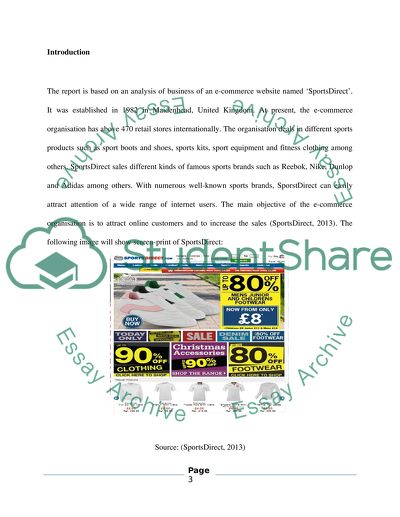Cite this document
(“E-Commerce Business Model Assignment Example | Topics and Well Written Essays - 2750 words”, n.d.)
E-Commerce Business Model Assignment Example | Topics and Well Written Essays - 2750 words. Retrieved from https://studentshare.org/e-commerce/1612349-e-commerce-business-model
E-Commerce Business Model Assignment Example | Topics and Well Written Essays - 2750 words. Retrieved from https://studentshare.org/e-commerce/1612349-e-commerce-business-model
(E-Commerce Business Model Assignment Example | Topics and Well Written Essays - 2750 Words)
E-Commerce Business Model Assignment Example | Topics and Well Written Essays - 2750 Words. https://studentshare.org/e-commerce/1612349-e-commerce-business-model.
E-Commerce Business Model Assignment Example | Topics and Well Written Essays - 2750 Words. https://studentshare.org/e-commerce/1612349-e-commerce-business-model.
“E-Commerce Business Model Assignment Example | Topics and Well Written Essays - 2750 Words”, n.d. https://studentshare.org/e-commerce/1612349-e-commerce-business-model.


